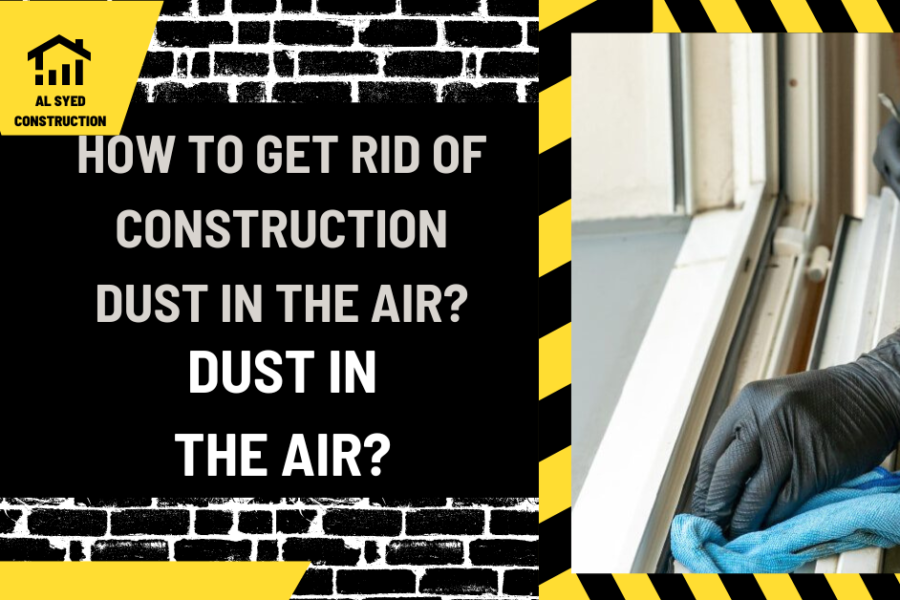How to Get Rid of Construction Dust in the Air?
Construction projects can leave behind a trail of dust that not only looks unsightly but also poses potential health risks. Construction dust contains various particles such as silica, wood, and metal dust, which can lead to respiratory issues when inhaled. In this article, we will discuss effective methods to get rid of construction dust in the air, ensuring a cleaner and safer environment for everyone involved.
Table of Contents
Understanding Construction Dust
Before we delve into the solutions, it’s important to understand the nature of construction dust. Construction dust is typically made up of small particles that are released into the air during construction activities. These particles can remain airborne for extended periods and can easily be inhaled by workers and nearby residents.
Health Risks Associated with Construction Dust
Exposure to construction dust can lead to various health issues, especially if adequate precautions are not taken. Respiratory problems, such as coughing, wheezing, and shortness of breath, are common among individuals exposed to high levels of construction dust. Long-term exposure can also increase the risk of developing more serious conditions, such as chronic obstructive pulmonary disease (COPD) and lung cancer.
Effective Methods to Get Rid of Construction Dust in the Air
1. Use Water
One of the simplest and most effective ways to control construction dust is by using water. Water helps to weigh down the dust particles, causing them to settle and reducing their ability to become airborne. Spraying water on the ground and surfaces before and during construction activities can significantly reduce the amount of dust in the air.
2. Use Dust Control Products
There are various dust control products available on the market that can help to suppress construction dust. These products work by binding the dust particles together, making them heavier and less likely to become airborne. Applying dust control products to surfaces before construction activities can help to keep dust levels low.
3. Use Exhaust Ventilation Systems
Exhaust ventilation systems can help to remove dust from the air by capturing it at the source and venting it outside. These systems are particularly effective in enclosed spaces where dust levels can quickly build up. Installing exhaust ventilation systems in areas where construction activities are taking place can help to maintain clean air quality.
4. Use Personal Protective Equipment
Personal protective equipment (PPE), such as masks and respirators, can help to protect individuals from inhaling construction dust. Wearing the appropriate PPE is essential for anyone working in an environment where construction dust is present. PPE should be worn at all times during construction activities to minimize the risk of exposure.
Conclusion
Construction dust is a common byproduct of construction activities that can pose serious health risks if not properly controlled. By following the methods outlined in this article, you can effectively reduce the amount of construction dust in the air, creating a safer and healthier environment for everyone. Implementing these solutions not only improves air quality but also ensures compliance with health and safety regulations.




